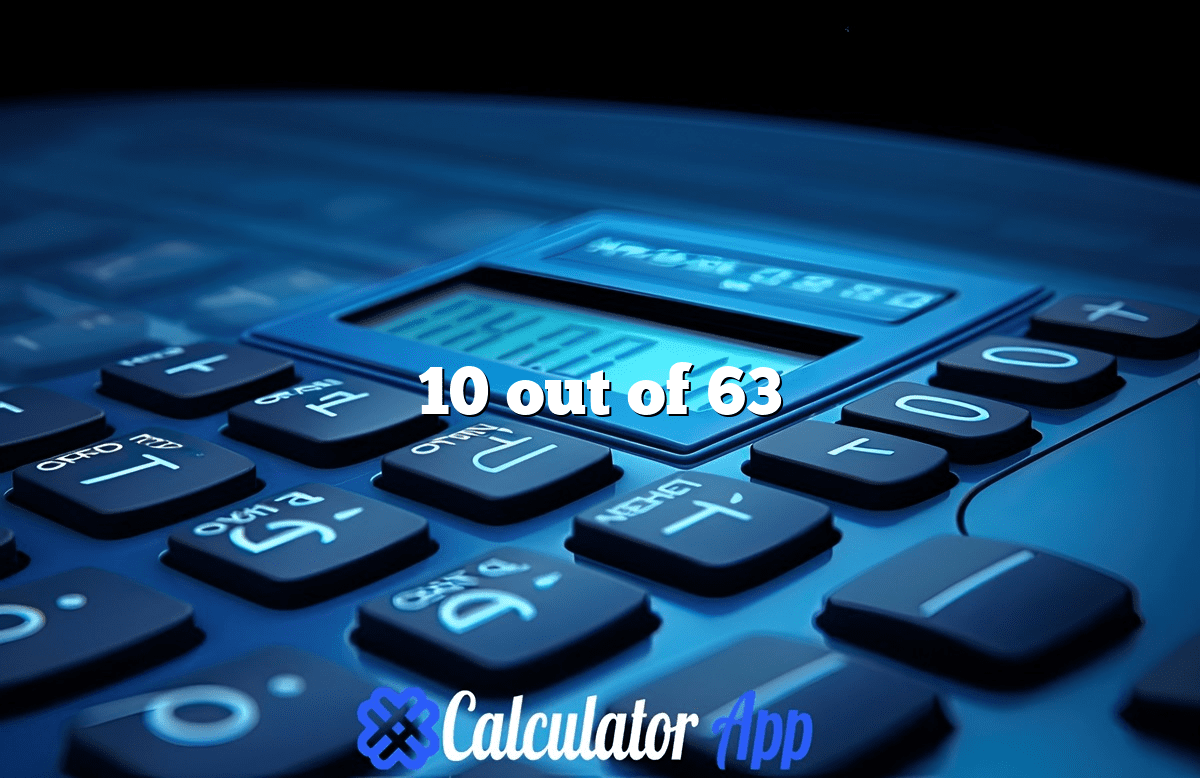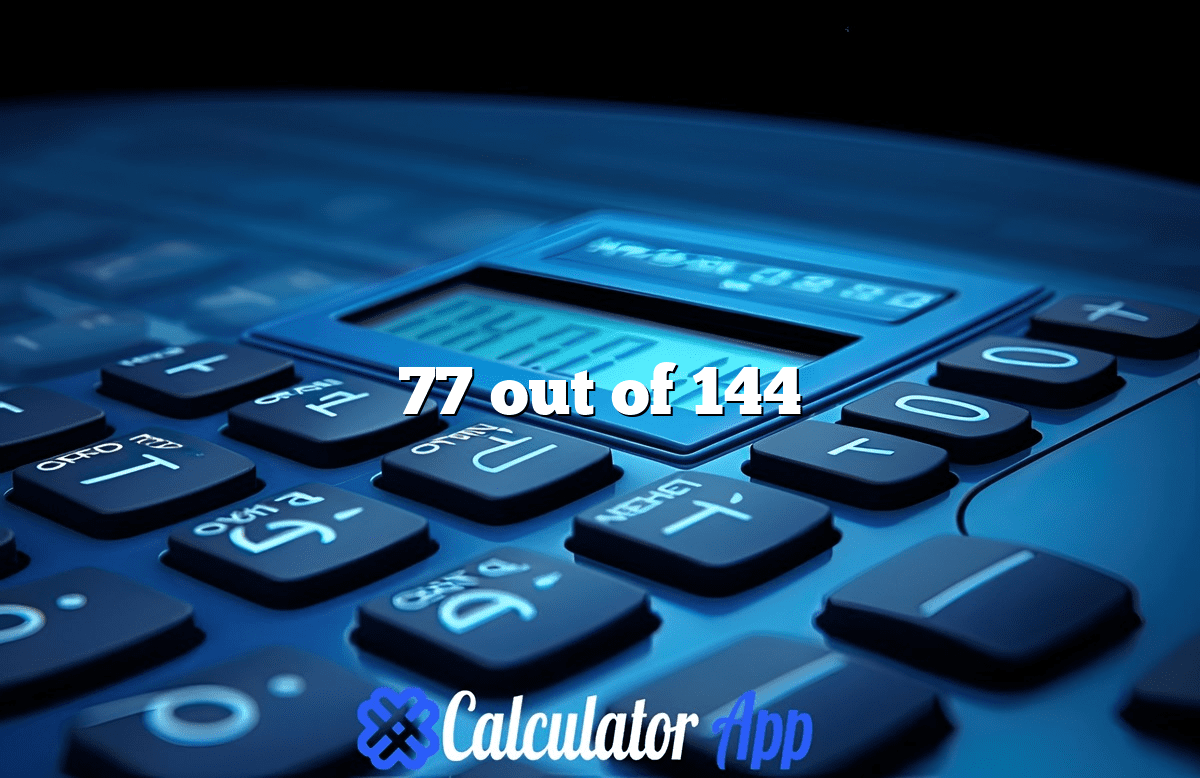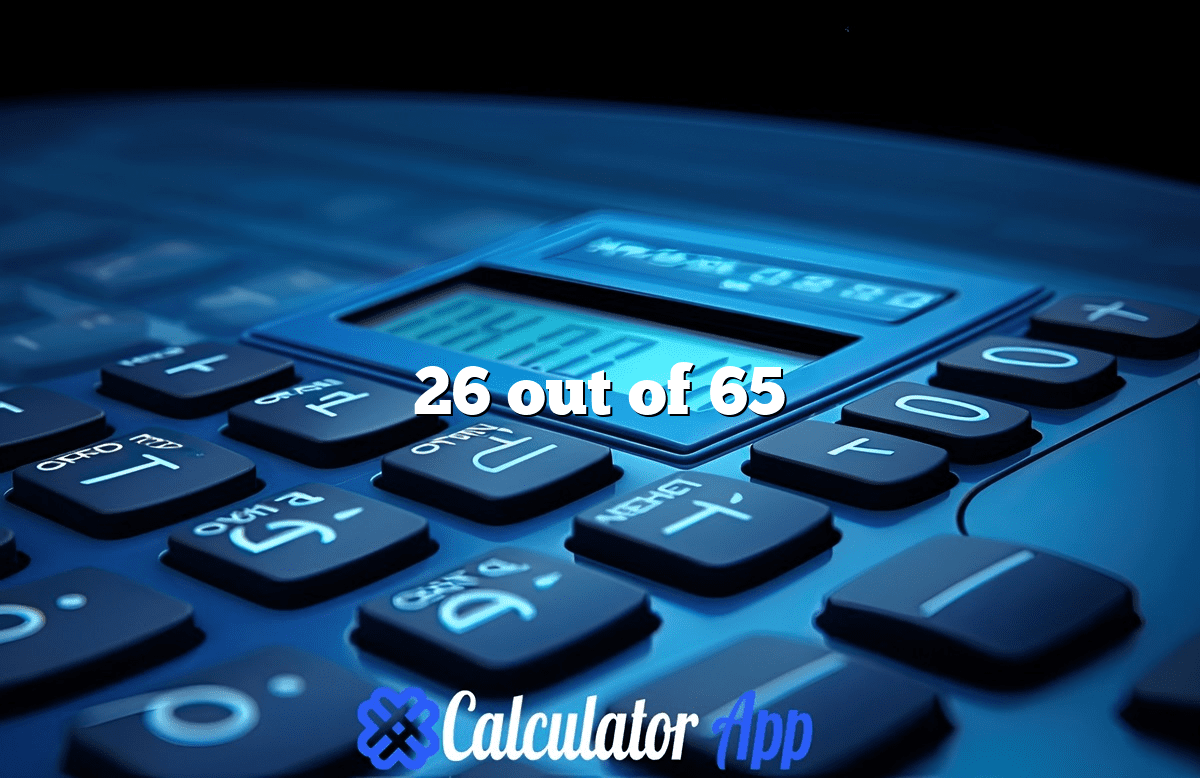D Letter Grade is a 1.0 GPA or 65–66%
GPA Converter
D Letter Grade: Understanding a 1.0 GPA or 65–66%
A D letter grade represents a performance that is just above failing, but still passing. On a 4.0 GPA scale, it equates to a 1.0 GPA and reflects a percentage score between 65–66%. While students who earn a D avoid outright failure, this grade signals a significant academic struggle. In this article, we will explore the meaning of a D grade, its impact on high school and college students, and strategies for improvement.
What Does a D Grade Signify?
Academic Performance
A D grade signifies that a student has met the minimum requirements for passing, but only just. It reflects a very basic level of understanding of course material. In many educational systems, a D is the lowest possible passing grade, often signaling that the student has not fully grasped the concepts but has shown just enough effort or understanding to avoid failure.
Grade Point Average (GPA)
In terms of GPA, a D grade is equivalent to a 1.0 on a 4.0 scale. The GPA system is used in most educational institutions to provide a cumulative score of a student’s academic performance over time. A 1.0 GPA is well below average, suggesting that the student is facing academic difficulties across multiple subjects or courses.
The Impact of a D GPA: Is It Good?
For High School Students
In high school, a 1.0 GPA is far below the national average, which hovers around 3.0. This low GPA can have significant implications:
- College Admissions: A D GPA limits opportunities for college admission. Most colleges and universities require at least a 2.0–2.5 GPA to be considered for admission. A 1.0 GPA will make it challenging to get into four-year institutions, though community colleges may offer opportunities for students to improve their academic standing.
- Scholarship Eligibility: Many scholarships require students to maintain a minimum GPA, usually 3.0 or higher. With a D GPA, students are likely ineligible for merit-based scholarships.
- Graduation Requirements: High schools often require students to maintain a certain GPA to graduate. If a student’s GPA stays at 1.0, they may risk not meeting graduation requirements without significant academic improvement.
For College Students
For college students, a 1.0 GPA is a serious red flag. Many institutions require a minimum GPA of 2.0 to remain in good standing. Falling below this threshold can lead to:
- Academic Probation: Students with a 1.0 GPA may be placed on academic probation, which means they must improve their grades within a set period or risk suspension or expulsion.
- Limited Graduate School Options: If you’re planning to attend graduate school, most programs require a minimum GPA of 3.0. A D GPA would severely limit your chances of acceptance into these programs.
- Career Prospects: Employers in many fields consider GPA during the hiring process. A 1.0 GPA suggests a lack of discipline or aptitude, which can hinder job opportunities after graduation.
Long-Term Consequences of a D GPA
College Admission Challenges
A D GPA places students at a significant disadvantage when applying to colleges. Most four-year institutions look for GPAs in the range of 2.5 to 3.5 or higher. With a 1.0 GPA, options for higher education are limited, and students may need to explore alternative paths, such as:
- Community Colleges: These institutions often have lower admission requirements and can provide an opportunity to improve academic performance before transferring to a four-year college.
- Trade Schools: For students interested in practical, hands-on careers, trade schools offer another option where academic performance in traditional subjects may be less critical.
Financial Aid and Scholarships
Students with a D GPA often lose eligibility for financial aid and scholarships that require a minimum GPA of 2.5 or 3.0. This can create financial stress, as many students rely on scholarships to fund their education. Without merit-based aid, students may need to seek out alternative financial options, including loans or work-study programs.
Academic Probation and Dismissal
In higher education, many institutions place students with a 1.0 GPA on academic probation. This serves as a warning that the student’s academic performance is unsatisfactory. If there is no improvement within a designated time, students may face more severe consequences, such as suspension or permanent dismissal from the school.
Impact on Career Prospects
A low GPA like 1.0 can have long-term career implications, particularly in competitive fields such as law, finance, or medicine, where academic performance is highly valued. Employers often use GPA as an indicator of work ethic, critical thinking, and discipline. A D GPA reflects poorly on these qualities, potentially limiting career options and salary prospects.
How to Recover from a D GPA
While a D grade and a 1.0 GPA present significant challenges, recovery is possible with the right strategies. Here’s how students can improve their academic standing:
1. Identify Areas for Improvement
The first step to raising your GPA is identifying the subjects or areas where you are struggling the most. Pinpoint whether the issue lies in comprehension, time management, or external factors. Once you know the cause of your low grades, you can develop a targeted strategy for improvement.
2. Seek Help and Support
Students who are struggling academically should seek help from a variety of sources:
- Tutoring Services: Many schools and universities offer free tutoring services. A tutor can provide personalized guidance and help clarify difficult concepts.
- Study Groups: Joining study groups allows students to learn with peers and gain different perspectives on the material.
- Professor’s Office Hours: In college, attending professors’ office hours can provide valuable one-on-one assistance. Professors can help clarify course material and offer tips for success in their class.
3. Improve Time Management and Study Habits
Students with low GPAs often struggle with time management and effective study habits. To improve:
- Create a Study Schedule: Set aside specific times each day dedicated to studying. Stick to this routine to build consistency.
- Break Down Tasks: Large assignments or studying for major exams can feel overwhelming. Break these tasks into smaller, more manageable steps.
- Stay Organized: Use planners or apps to keep track of deadlines and assignments to avoid last-minute cramming.
4. Retake Classes
Many high schools and colleges allow students to retake courses in which they performed poorly. Retaking a class where you received a D grade gives you the chance to replace it with a better grade, thereby raising your overall GPA.
5. Focus on Core Subjects
Core subjects such as math, science, and English are often given more weight in GPA calculations. Focusing on improving grades in these areas can have a more significant impact on raising your GPA than elective courses.
6. Prioritize Class Attendance and Participation
Simply attending class regularly and participating actively can make a difference in academic performance. Being present helps ensure that you don’t miss important material, and participation shows your professor that you are engaged and trying to improve.
For High School Students: How a D GPA Affects Your Future
For high school students, a D GPA can hinder future academic opportunities. Most colleges require at least a 2.0 GPA for admission, with more selective schools looking for GPAs in the 3.0–4.0 range. Students with a D GPA will need to work hard to raise their grades in core subjects to be competitive for college applications.
In addition to affecting college prospects, a 1.0 GPA may also limit eligibility for advanced placement courses, extracurricular activities, or academic clubs that require minimum GPA thresholds.
For College Students: The Consequences of a D GPA
In college, a 1.0 GPA is an indicator of serious academic issues. Students with a GPA this low may face academic probation, which can lead to suspension or expulsion if their grades do not improve. A D GPA also limits opportunities for graduate school, where most programs require a GPA of 3.0 or higher.
Key Takeaways: Moving Forward from a D Grade
A D letter grade reflects a 1.0 GPA or a percentage score of 65–66%. It is a passing grade, but only barely, and signals the need for immediate action to improve academic performance. Both high school and college students with a D GPA must work to identify problem areas, seek help, and adopt better study habits to raise their grades and avoid long-term consequences.
While a D GPA can limit future academic and career opportunities, it is possible to recover by taking proactive steps. With commitment and effort, students can raise their GPA and get back on track for academic success.






